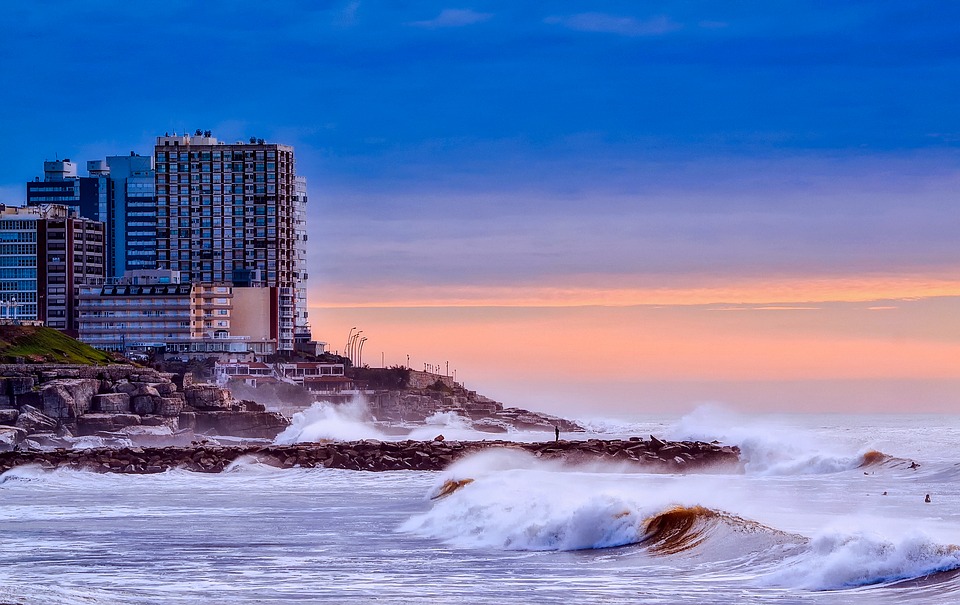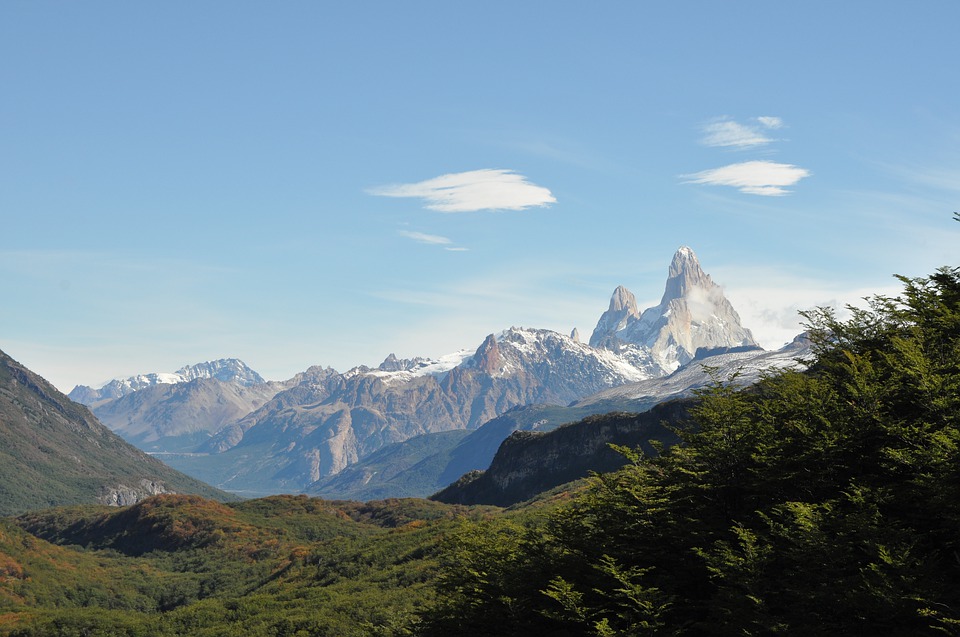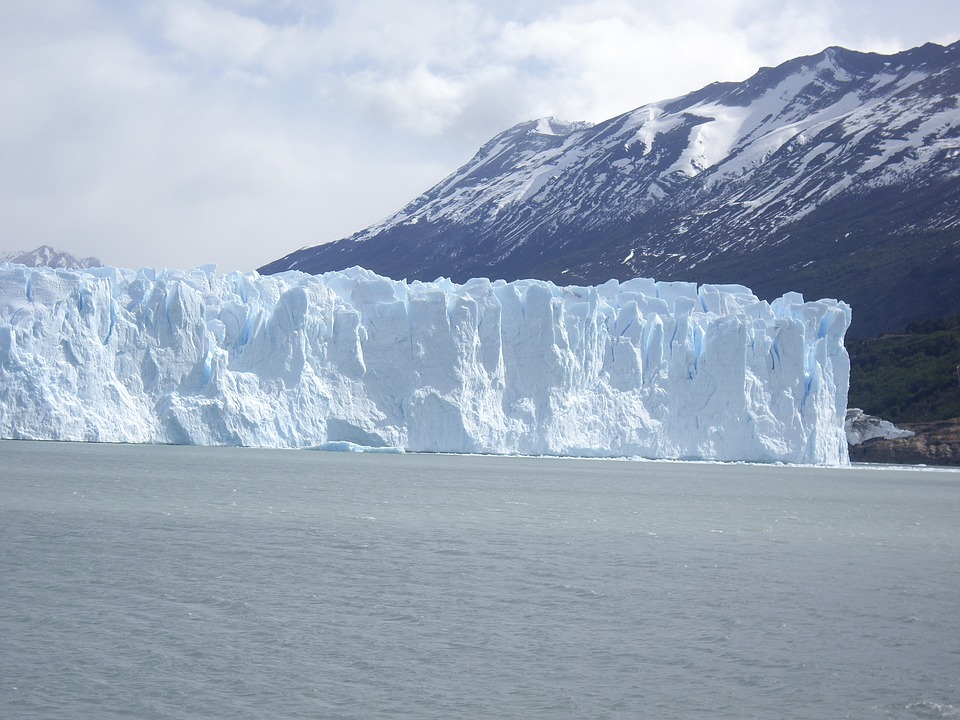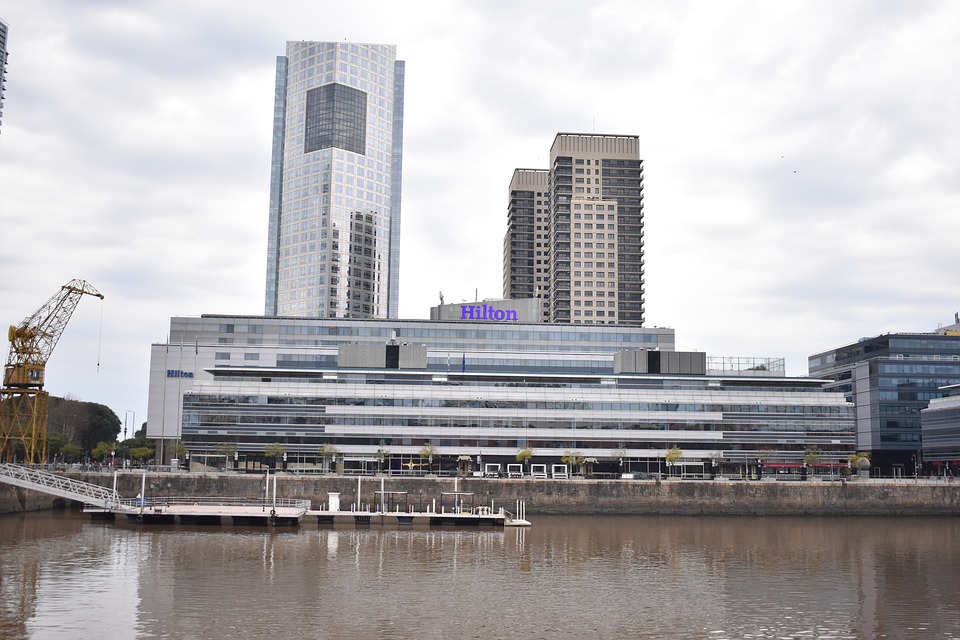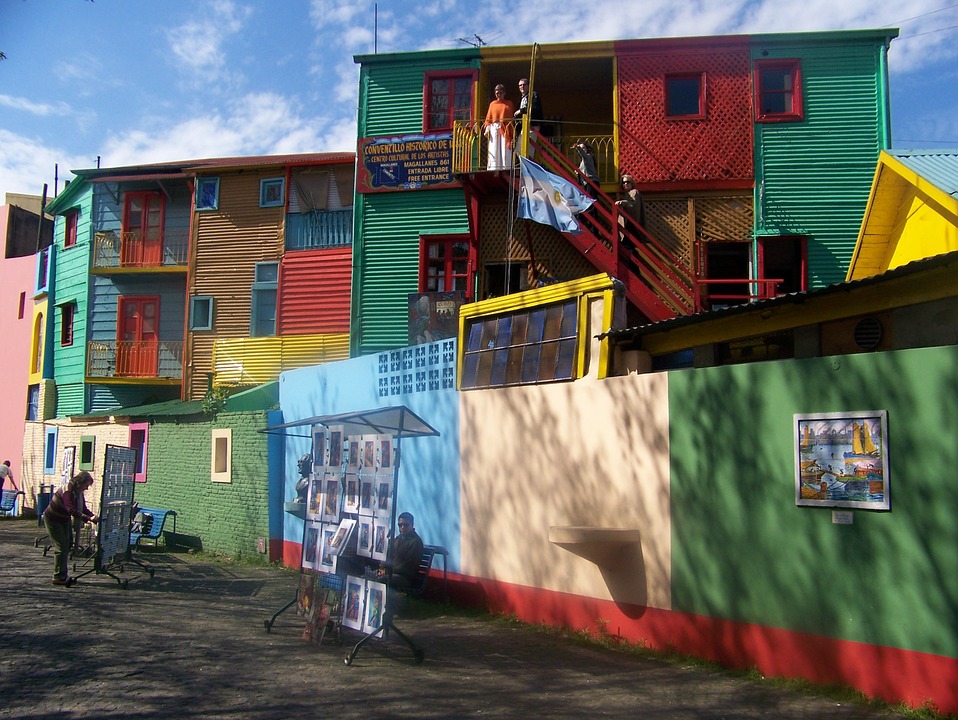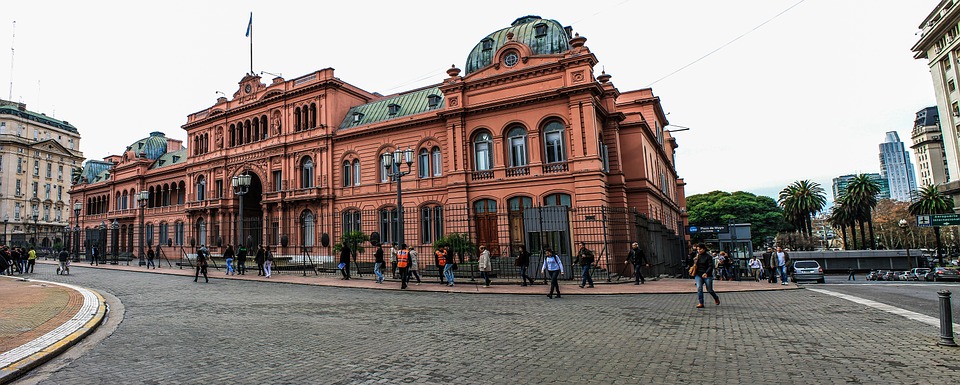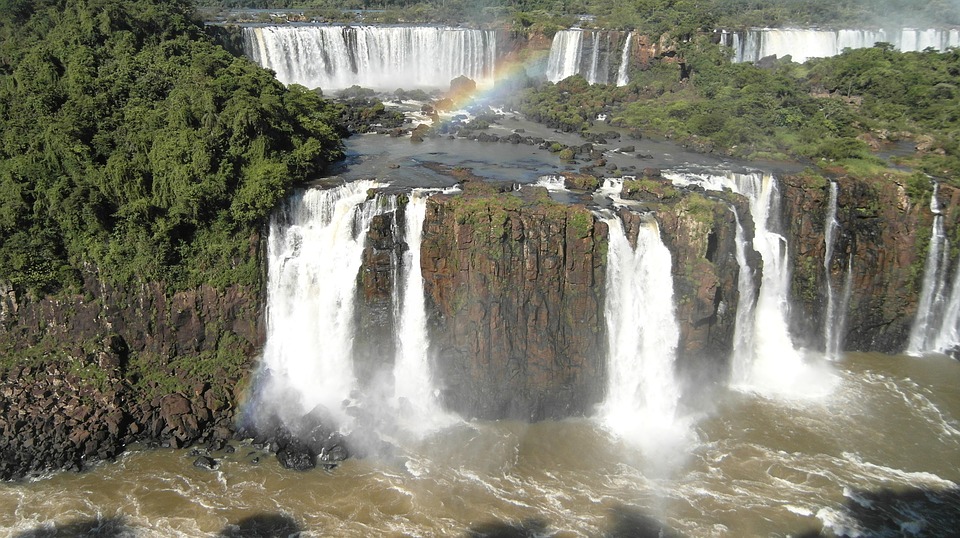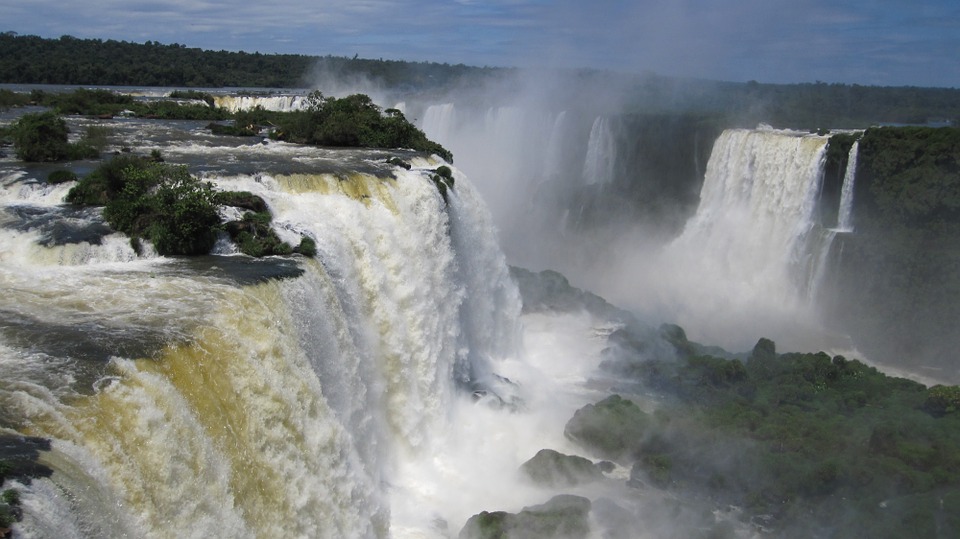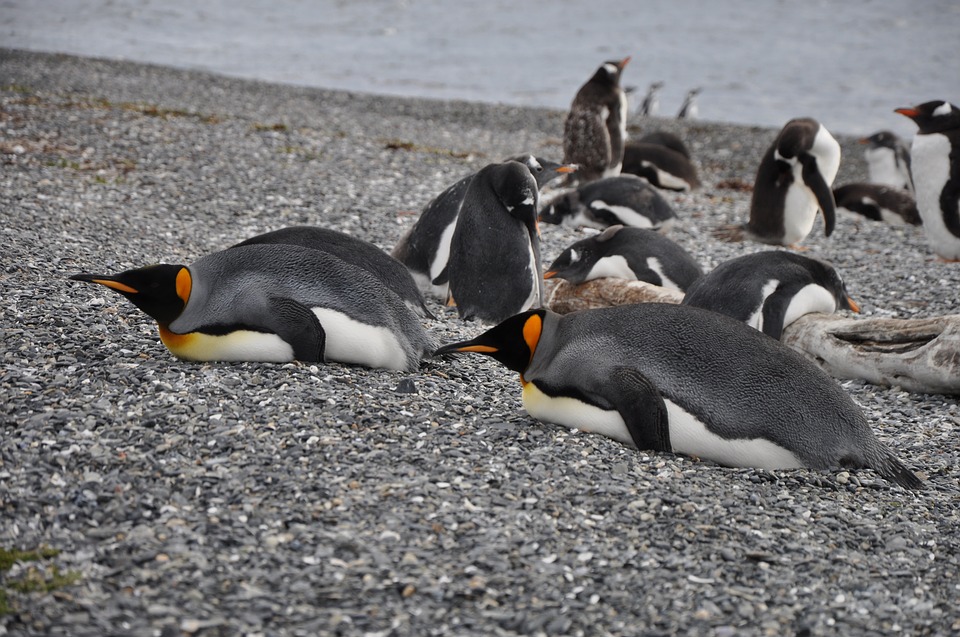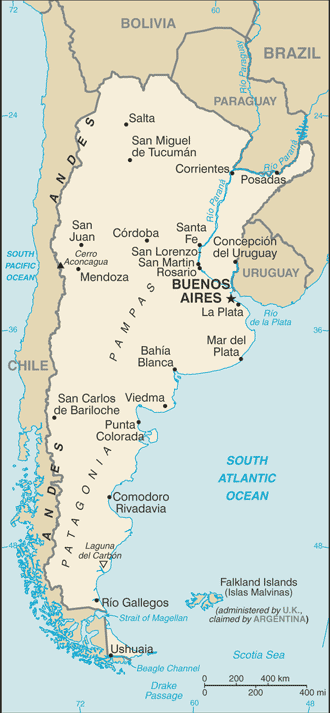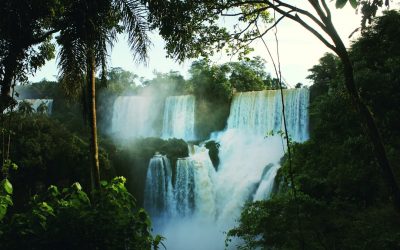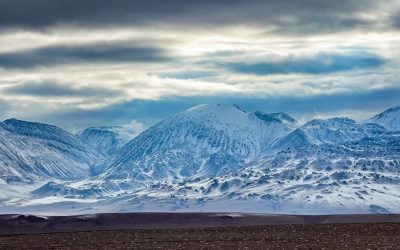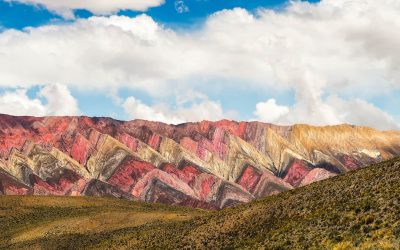Argentina
(República Argentina (Argentine Republic))

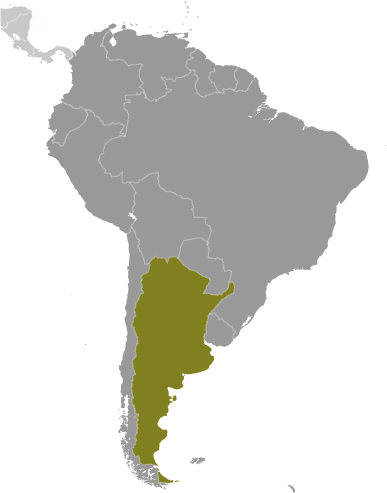
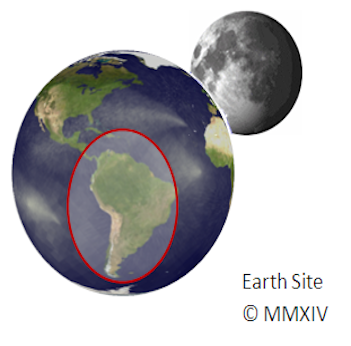
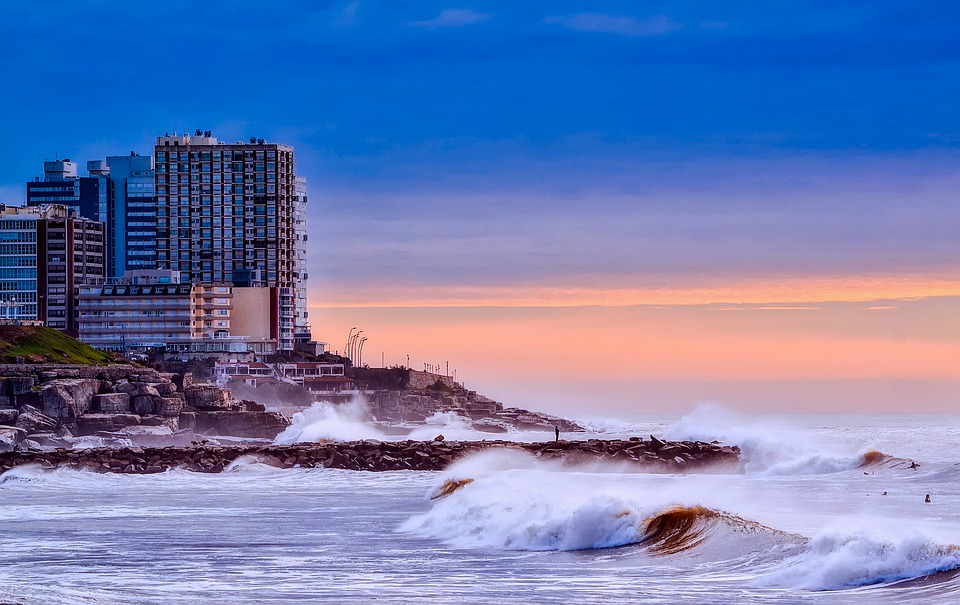
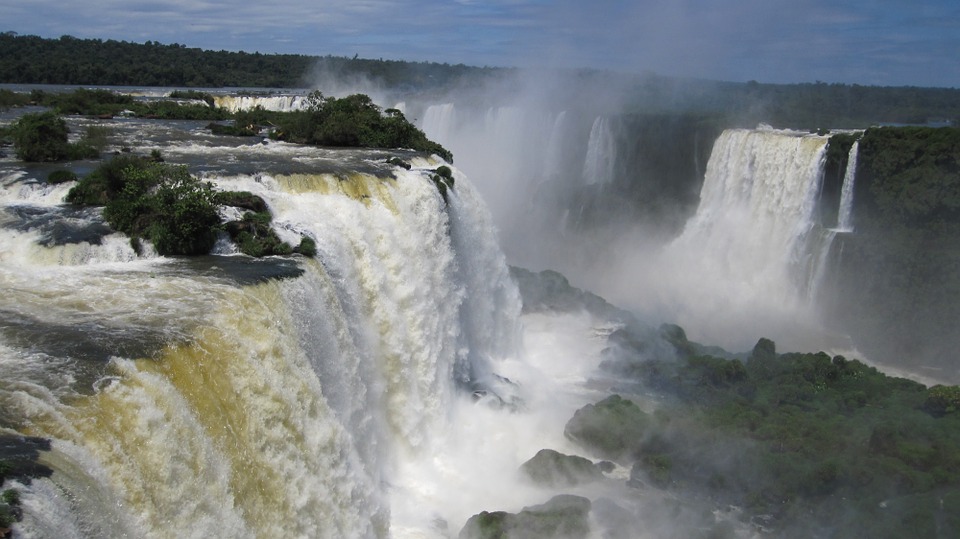
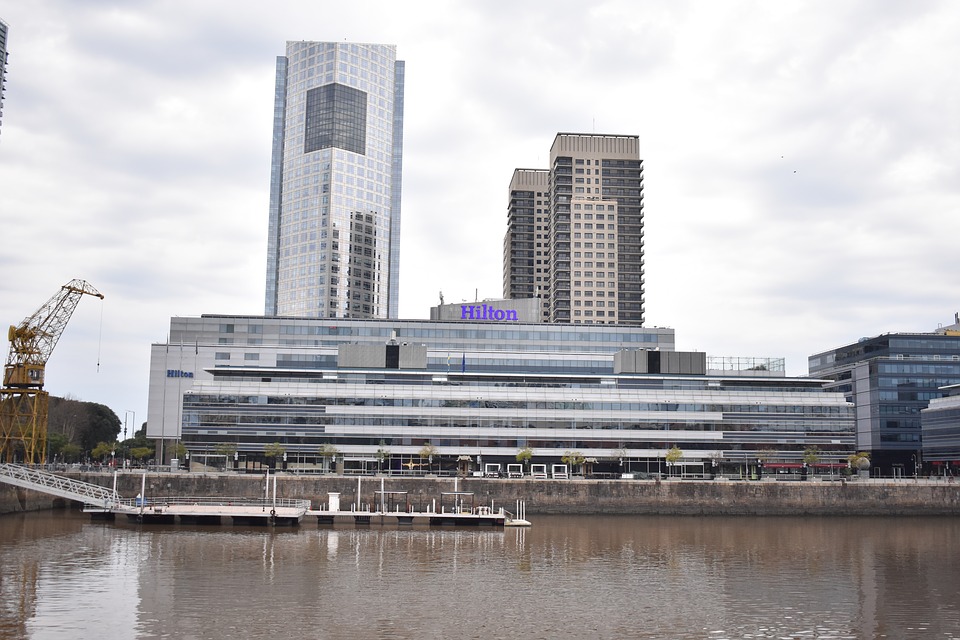
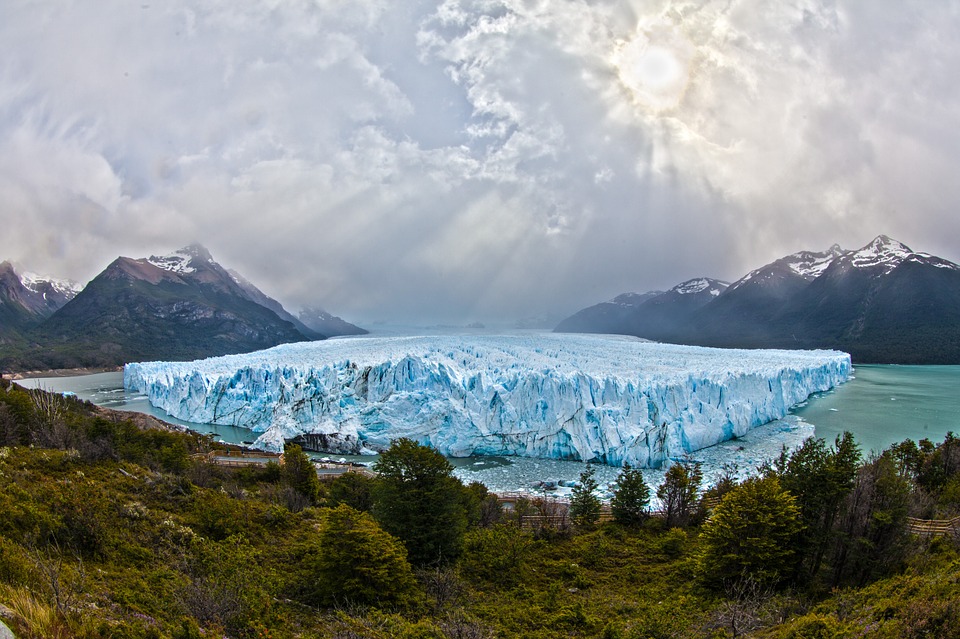
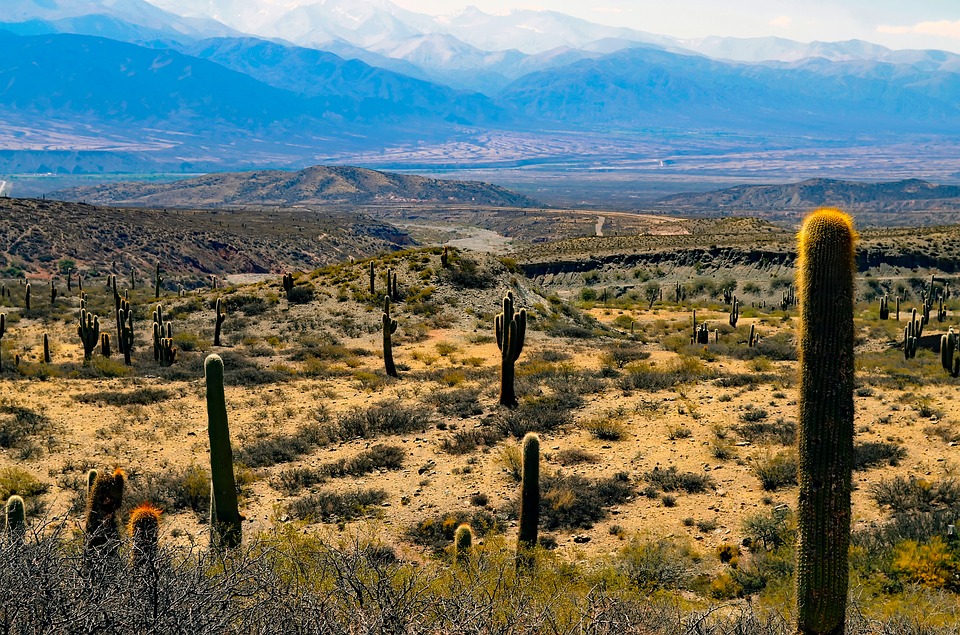
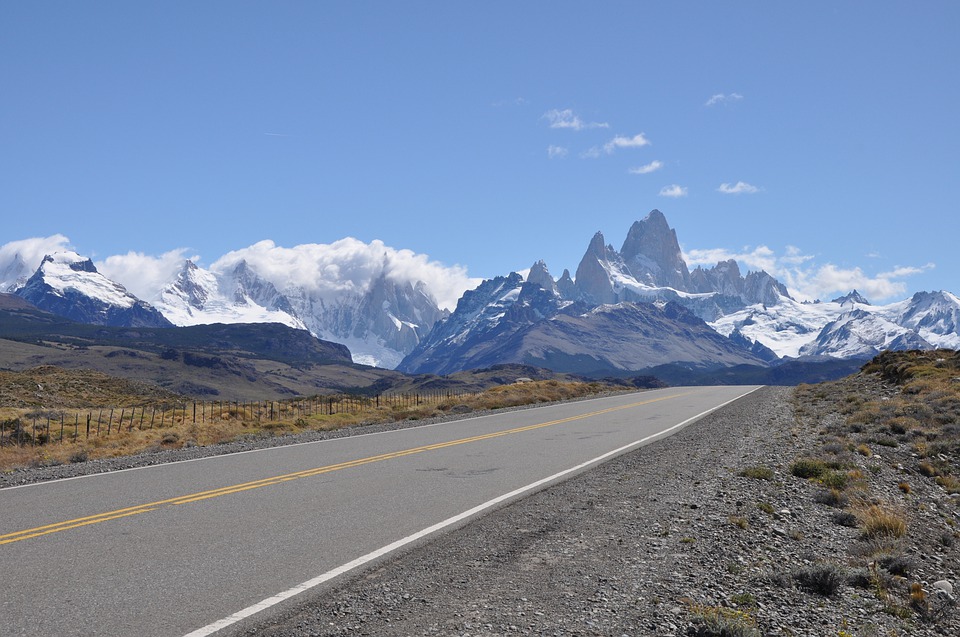
Capital: Buenos Aires
Population (Estimated July 2012): 42,192,494
Area: 2,780,403km2 or 1,073,520mi2
Currency: Peso (ARS)
Official Language: Spanish
Political Information: Federal Republic
Official Religion: No Official Religion (approximately 92% of the population are Roman Catholic, 2% are Protestant, 2% are Jewish and 4% have alternate other religious beliefs)
Highest Mountain: Cerro Aconcagua at 6,960m or 22834ft
GDP Official Exchange Rate (OER is more precise at gauging a countries economic power)
(Estimated 2011): $435.2 billion (US$) or £261.12 billion(GBP)
GDP (OER) Per Capita (per member of the population estimated 2011): (US$) or (GBP)
GDP Purchasing Power Parity (PPP is good for gauging living conditions and use of resources but not as accurate as OER. This data has been calculated based on the sum value of all goods and services produced in the country valued at prices prevailing in the United States)
(Estimated 2011): $709.7 billion (US$) or £425.82 billion(GBP)
GDP (PPP) Per Capita (per member of the population estimated 2011): $17,400 (US$) or £10,440 (GBP)
Time Zone (GMT/UTC): -3:00
Counties/Provinces/States: Provinces (provincias, singular – provincia) and 1 autonomous city*; Buenos Aires, Catamarca, Chaco, Chubut, Ciudad Autonoma de Buenos Aires*, Cordoba, Corrientes, Entre Rios, Formosa, Jujuy, La Pampa, La Rioja, Mendoza, Misiones, Neuquen, Rio Negro, Salta, San Juan, San Luis, Santa Cruz, Santa Fe, Santiago del Estero, Tierra del Fuego – Antartida e Islas del Atlantico Sur (Tierra del Fuego), Tucuman
Leaders: President Cristina Fernandez De Kirchner (since 10 December 2007); Vice President Amado Boudou
Additional: Argentina is the eighth largest country in the world and has the highest mountain in the Western Hemisphere
Sources: CIA World Fact Book, Encyclopaedia Britannica,
Argentina, located in the southern part of South America, is a country known for its vibrant culture, stunning landscapes, and passionate people. From the sultry rhythms of tango to the exhilarating sport of football, Argentina offers a unique blend of traditions and attractions that captivate visitors from around the world. With its rich history, diverse cuisine, and breathtaking natural wonders, Argentina truly has something for everyone.
Geography and Climate of Argentina: From the Andes to the Pampas
Argentina is a country of vast geographical diversity, with landscapes ranging from towering mountains to expansive grasslands. The Andes Mountains form the western border of Argentina, offering breathtaking views and opportunities for outdoor adventure. The Pampas grasslands, located in the central part of the country, are known for their fertile soil and agricultural productivity. Patagonia, in the southern part of Argentina, is a region of stunning beauty with its glaciers, lakes, and mountains.
The climate in Argentina varies greatly depending on the region. In the north, you will find a tropical climate with hot and humid summers. In the central region, including Buenos Aires, the climate is temperate with mild winters and hot summers. In Patagonia, the climate is cold and windy, with snowfall in the winter months. Overall, Argentina offers a diverse range of climates and landscapes that cater to all types of travellers.
History of Argentina: From Colonialism to Independence
Argentina has a rich history that dates back thousands of years. Before the arrival of European colonizers, indigenous peoples such as the Mapuche and Guarani inhabited the land. The Spanish arrived in the 16th century and established colonies throughout the region. Argentina gained independence from Spain in 1816 after a long struggle led by revolutionary figures such as General Jose de San Martin.
In the 20th century, Argentina experienced periods of political instability and economic turmoil. The rise of Peronism, a political movement led by Juan Peron and his wife Eva Peron, had a significant impact on Argentine society. Eva Peron, also known as Evita, became a symbol of social justice and fought for the rights of the working class. Today, Argentina continues to grapple with political and economic challenges while striving for social progress.
Cultural Diversity in Argentina: Indigenous Roots and European Influences
Argentina is a melting pot of cultures, with indigenous roots and strong European influences. The indigenous peoples of Argentina, such as the Mapuche and Guarani, have left a lasting impact on the country’s culture and traditions. Their influence can be seen in the music, dance, and art of Argentina.
European immigration in the late 19th and early 20th centuries brought a wave of cultural influences to Argentina. Large numbers of Italians, Spaniards, and Germans settled in the country, bringing with them their languages, customs, and cuisines. This European influence can be seen in the architecture of Buenos Aires, which is reminiscent of European cities such as Paris and Madrid.
Gastronomy in Argentina: Steak, Empanadas, and Mate Tea
Argentina is famous for its delicious cuisine, with steak, empanadas, and mate tea being some of its most iconic dishes. Asado, or Argentine barbecue, is a must-try when visiting the country. Argentines take great pride in their beef, which is known for its tenderness and flavor. The meat is cooked over an open flame and seasoned with salt to enhance its natural flavors.
Empanadas are another popular dish in Argentina. These savory pastries are filled with a variety of ingredients such as beef, chicken, cheese, or vegetables. They are typically baked or fried until golden brown and served as a snack or appetizer.
Mate tea is a traditional Argentine beverage that is enjoyed throughout the country. It is made by steeping dried leaves from the yerba mate plant in hot water. Mate is often shared among friends and family, with each person taking turns sipping from a shared gourd and passing it on to the next person.
Sports in Argentina: Passion for Football and Polo
Argentina is a nation obsessed with sports, with football (soccer) and polo being two of the most popular. Football is more than just a sport in Argentina; it is a way of life. The country has produced some of the world’s greatest football players, including Diego Maradona and Lionel Messi. The passion for football can be seen in the fervent support of local teams and the electric atmosphere at matches.
Polo is another sport that holds a special place in Argentine culture. Argentina is known as the birthplace of modern polo, and the country has a long history of success in the sport. The Argentine Polo Open Championship, held annually in Buenos Aires, is one of the most prestigious polo tournaments in the world.
National Parks and Natural Wonders in Argentina: Iguazu Falls and Glaciers
Argentina is home to some of the world’s most breathtaking natural wonders, including Iguazu Falls and the Perito Moreno Glacier. Iguazu Falls, located on the border between Argentina and Brazil, is one of the largest waterfall systems in the world. The falls are surrounded by lush rainforest, offering visitors a unique opportunity to explore both natural beauty and biodiversity.
The Perito Moreno Glacier, located in Los Glaciares National Park in Patagonia, is another must-see natural wonder in Argentina. This massive glacier stretches for miles and is constantly moving and changing shape. Visitors can witness the awe-inspiring sight of huge chunks of ice breaking off and crashing into the water below.
In addition to these famous attractions, Argentina is home to numerous national parks and protected areas that showcase the country’s diverse ecosystems. From the jagged peaks of the Fitz Roy mountain range to the pristine lakes of Nahuel Huapi National Park, there is no shortage of natural beauty to explore in Argentina.
Economy of Argentina: Agriculture, Mining, and Tourism
Argentina has a diverse economy that relies on several key industries, including agriculture, mining, and tourism. The country is one of the world’s largest producers of agricultural products, including soybeans, corn, and wheat. Argentina’s fertile soil and favorable climate make it an ideal location for farming.
Mining is another important industry in Argentina, with the country being rich in natural resources such as gold, silver, and lithium. The mining sector has seen significant growth in recent years, attracting foreign investment and creating jobs.
Tourism is also a major contributor to Argentina’s economy. The country’s natural beauty, vibrant culture, and rich history attract millions of visitors each year. Popular tourist destinations include Buenos Aires, with its European charm and vibrant nightlife, Mendoza, known for its world-class wineries, and Bariloche, a picturesque town nestled in the Andes mountains.
Politics and Society in Argentina: Peronism and Human Rights
Argentina has a complex political history that has shaped its society and continues to influence its present-day challenges. Peronism, a political movement founded by Juan Peron in the 1940s, has had a significant impact on Argentine politics. Peronism is characterized by its populist policies and focus on social justice. The movement has had both positive and negative effects on Argentine society, with some praising its efforts to improve the lives of the working class while others criticize its authoritarian tendencies.
Argentina has also faced significant human rights challenges throughout its history. The country experienced a period of military dictatorship from 1976 to 1983 during which thousands of people were forcibly disappeared and killed. The Mothers of the Plaza de Mayo, a group of women whose children were victims of the dictatorship, became a symbol of resistance and fought for justice and accountability.
Today, Argentina continues to grapple with issues of human rights and social inequality. The country has made significant progress in addressing past human rights abuses, but there is still work to be done to ensure justice and equality for all.
Travel Tips for Argentina: Visa Requirements, Safety, and Must-See Destinations
If you’re planning a trip to Argentina, there are a few things you should keep in mind. First, check the visa requirements for your country of residence. Some nationalities may require a visa to enter Argentina, while others may be eligible for visa-free entry or visa on arrival.
In terms of safety, Argentina is generally a safe country to visit. However, like any other destination, it’s important to take precautions and be aware of your surroundings. Avoid displaying valuable items and be cautious in crowded areas. It’s also a good idea to have travel insurance that covers medical expenses and trip cancellation.
When it comes to must-see destinations in Argentina, Buenos Aires is a must-visit. The capital city offers a mix of European charm and Latin American flair, with its beautiful architecture, vibrant street art, and lively tango scene. Mendoza is another popular destination, known for its world-class wineries and stunning mountain views. Bariloche, located in the heart of the Andes mountains, is a paradise for outdoor enthusiasts with its hiking trails, ski resorts, and crystal-clear lakes.
In conclusion, Argentina is a country that offers a unique blend of culture, natural beauty, and passion. From the vibrant streets of Buenos Aires to the breathtaking landscapes of Patagonia, Argentina has something for everyone. Whether you’re a food lover, sports enthusiast, or nature lover, you’re sure to find something to captivate your senses in this diverse and captivating country.
Political Boundaries of Argentina: Provinces, Districts, or Historical Boundaries.
Political boundaries are the lines that separate different political entities, such as countries, states, or provinces. They define the jurisdictional authority of a particular government and determine the rights and responsibilities of its citizens. Understanding...
Climate Zones of Argentina: Different climate regions Of Argentina
Argentina is a country known for its vast and diverse landscapes, ranging from the towering Andes mountains to the expansive Pampas plains. This diversity is reflected in the country’s climate zones, which vary greatly from region to region. Argentina is located...
Terrain and Topography of Argentina: mountains, valleys, and plains.
Introduction Argentina is a country known for its diverse and stunning landscapes. From the majestic Andes Mountains to the vast plains of the Pampas, Argentina’s terrain offers a wide range of geographical features that contribute to its unique beauty and...
Population Density of Argentina
Population density refers to the number of people living in a specific area, usually measured per square kilometer. It is an important indicator of how crowded or sparsely populated an area is. Population density matters because it can have significant implications...
Natural Resources of Argentina: Where Natural Resources are located In Argentina
Argentina is a country rich in natural resources, which play a crucial role in its economy. These resources include agriculture and livestock, mining and minerals, energy resources such as oil, gas, and renewable energy, water resources, forest resources, fishing and...
Cultural or Historical Sites of Argentina: Important Cultural Landmarks or Historical Sites In Argentina
Argentina is a country known for its rich cultural heritage and natural wonders. From the vibrant streets of Buenos Aires to the breathtaking landscapes of Patagonia, Argentina offers a diverse range of experiences for travellers. In this article, we will explore some...
Exploring the Enchanting Wonders of Argentina: A Journey Through Its Vibrant Culture and Breathtaking Landscapes
Argentina, located in the southern part of South America, is a country known for its vast and diverse landscapes, rich culture, and passionate people. With an area of over 2.7 million square kilometers, Argentina is the eighth-largest country in the world. It is...

